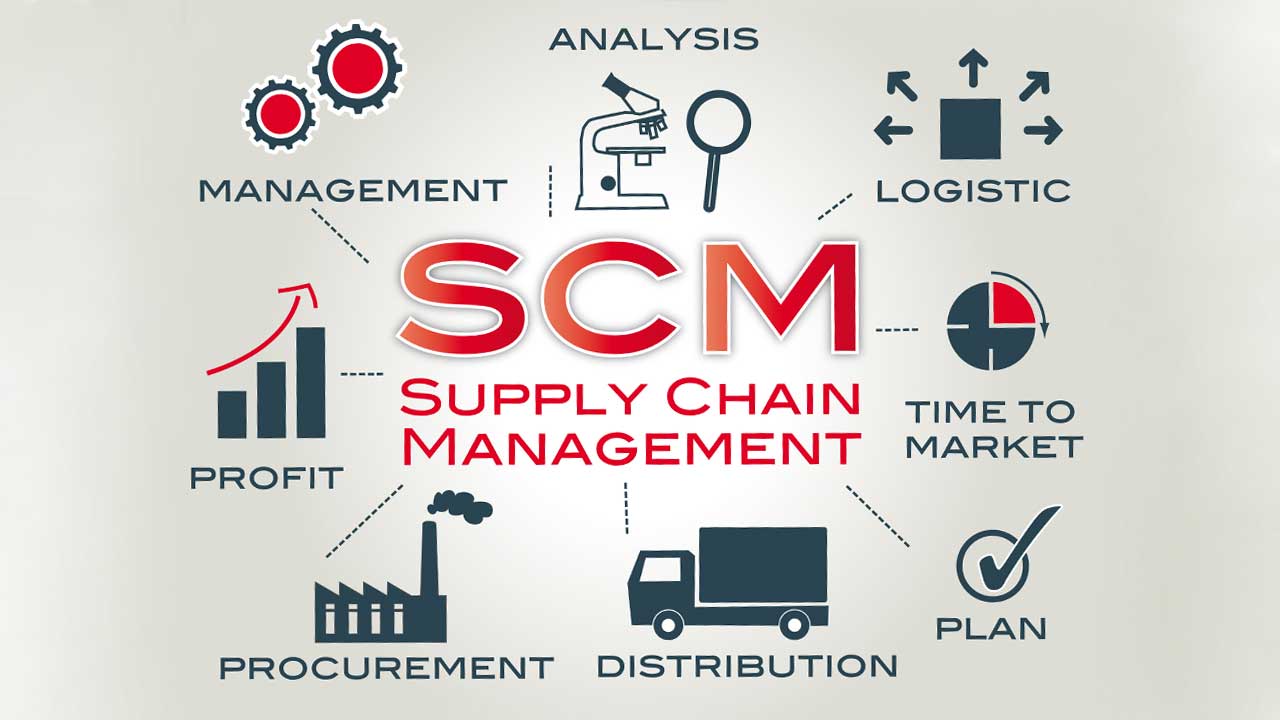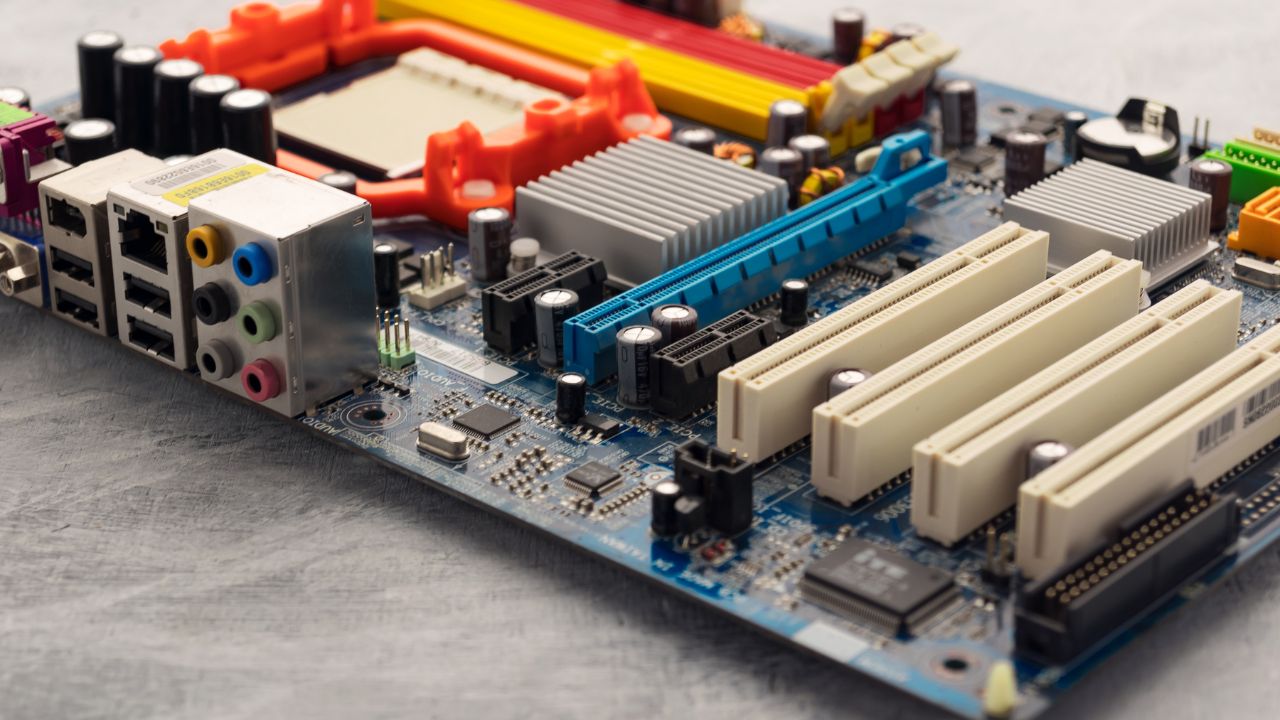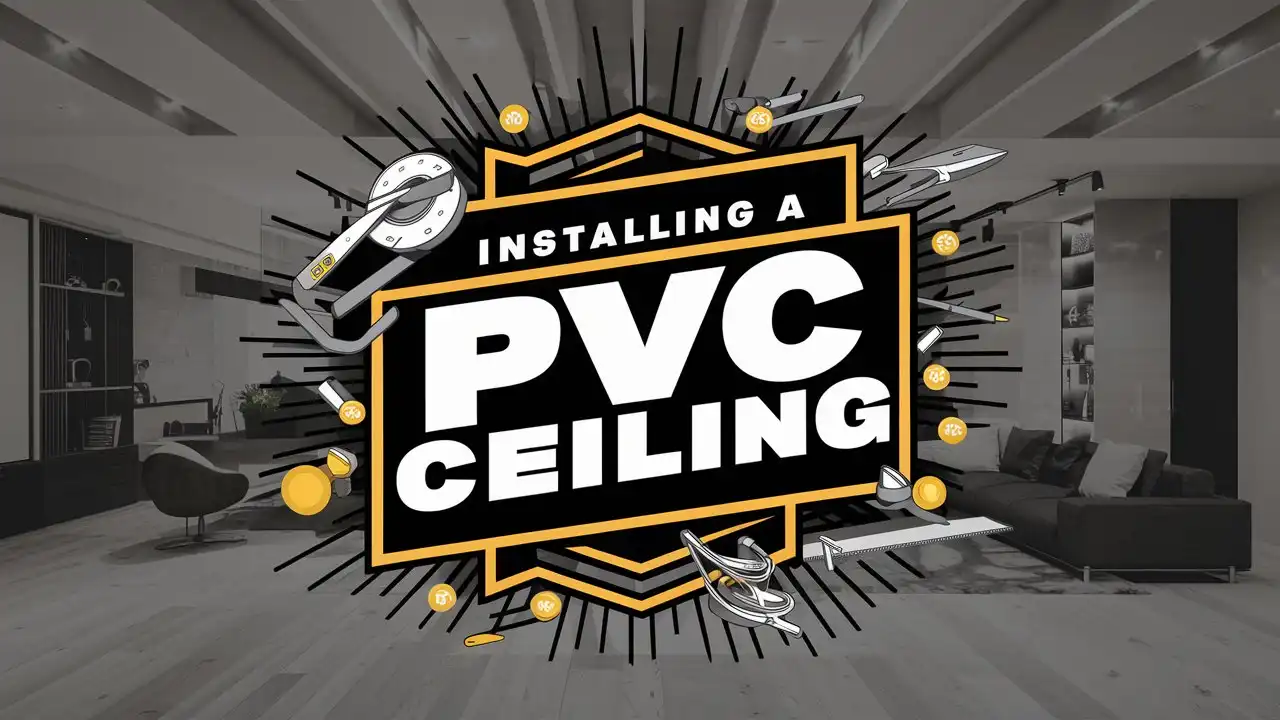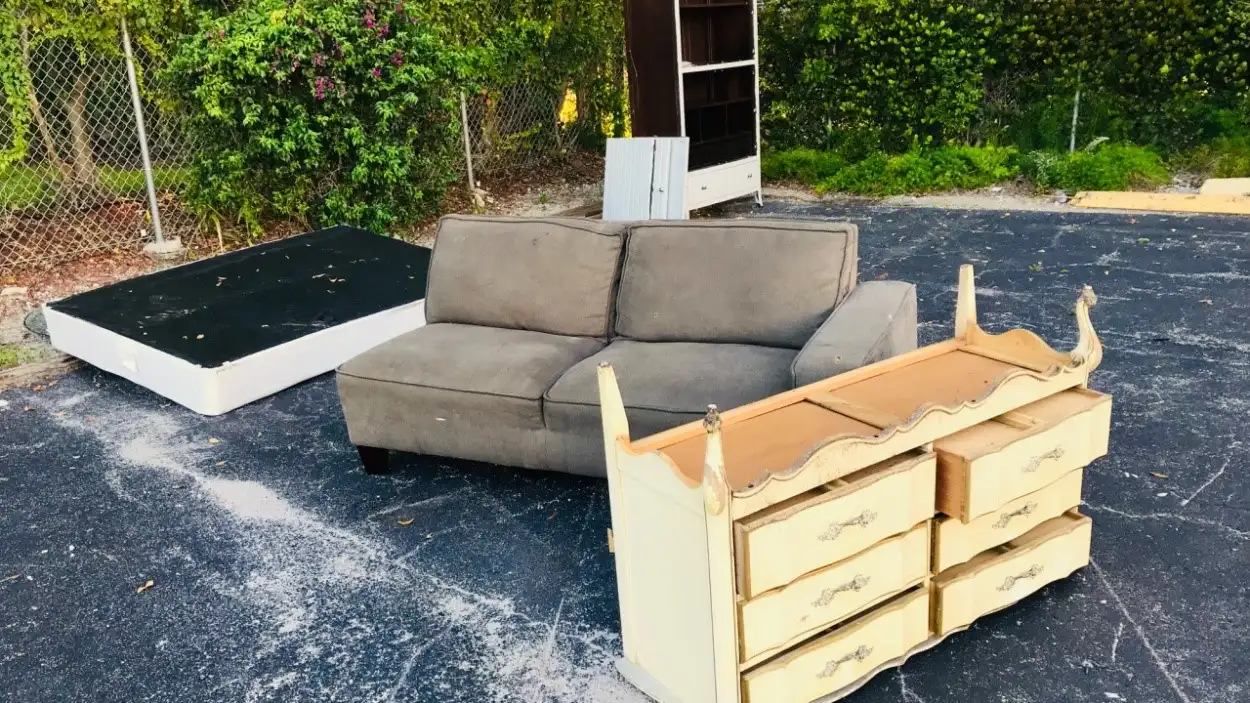- Different cooling systems offer benefits, from whole-home coverage to cost-effective single-room options.
- Energy efficiency, noise levels, and innovative features significantly impact performance and savings.
- Air quality and regular maintenance are crucial in ensuring effective and long-lasting cooling.
- While cheaper options may seem appealing, investing in a higher-quality system can provide better comfort and lower costs over time.
Not all cooling systems are built the same, and if you’ve ever struggled with an AC that barely keeps up with the summer heat, you already know this firsthand. Choosing the right cooling solution isn’t just about getting any air conditioner—it’s about finding one that matches your space, efficiency needs, and comfort preferences.
With so many options on the market, from central air to portable units, it’s easy to assume they all perform similarly. But the difference in cooling power, energy consumption, and long-term costs can be huge. If you want to stay cool without overspending on energy bills or dealing with noisy, inefficient machines, you must know what to look for.
Let’s break down the key factors that separate high-performance cooling systems from those that leave you sweating.
Understanding Different Cooling Systems
Cooling technology has come a long way, but not every system fits every home. Before deciding on a cooling solution, it’s essential to understand the different types available and how they compare.
1. Central Air Conditioning
- It is ideal for cooling an entire home efficiently.
- It uses ductwork to distribute cool air evenly.
- Higher installation costs but excellent long-term performance.
2. Ductless Mini-Split Systems
- Great for homes without ductwork or cooling-specific zones.
- More energy-efficient than window or portable units.
- Higher upfront cost but lower energy bills in the long run.
3. Window Air Conditioners
- It is budget-friendly and easy to install.
- Best for cooling small to medium-sized rooms.
- It can be noisy and block windows, limiting natural light.
4. Portable Air Conditioners
- Flexible option for renters or spaces where window units won’t work.
- Easy to move from room to room.
- Less efficient compared to other cooling methods.
Your ideal cooling system depends on your home’s layout, climate, and budget. While central air might be the best long-term investment for some, others may find a ductless system or a well-placed window unit more practical.
Key Features to Consider for Efficient Cooling
When looking for the most effective cooling solution, it’s not just about size or price. The right unit should offer powerful cooling, energy efficiency, and user-friendly features to ensure comfort without unnecessary costs.
Energy Efficiency Ratings
One of the most significant factors in long-term savings is energy efficiency. SEER (Seasonal Energy Efficiency Ratio) ratings indicate how well an air conditioner performs in different conditions. Higher SEER ratings mean better efficiency, which translates to lower electricity bills.
Smart Technology and Programmable Settings
Many modern cooling systems integrate with smart home technology, allowing you to control temperatures remotely. Features like programmable thermostats, app-based controls, and automated scheduling can optimize cooling while reducing wasted energy.
Noise Levels and Placement Considerations
The sound level of an AC unit can significantly impact comfort. Some systems, like ductless mini-splits, operate almost silently, while older window units can be loud. If noise is a concern, look for units with a low decibel (dB) rating.
How This Affects the Best Air Conditioning Choice
Balancing efficiency, noise level, and innovative features ensure you get the most out of your cooling investment when choosing the best air conditioning system. A high-efficiency unit with smart controls might cost more upfront but will save money in the long run through lower energy consumption.
Air Quality and Maintenance Requirements
Cooling a space isn’t just about temperature—it’s also about the quality of the air you breathe. A poorly maintained cooling system can circulate dust, allergens, and mold spores, leading to poor indoor air quality. That’s why air filtration and regular maintenance should be a top priority when choosing a cooling system.
The Role of Air Filters in Cooling Systems
Most air conditioners come with built-in filters that trap dust and allergens. However, not all filters are created equal. Higher-quality filters, like HEPA or electrostatic options, can significantly improve indoor air quality by capturing smaller particles. Some systems even feature built-in air purifiers or UV lights to eliminate bacteria and viruses.
Regular Maintenance for Optimal Performance
Even the most energy-efficient air conditioner won’t perform well without proper maintenance. Here are some essential upkeep tasks:
- Changing or Cleaning Filters: Dirty filters reduce airflow, making the unit work harder and increasing energy costs.
- Checking Refrigerant Levels: Low refrigerant can affect cooling efficiency and lead to long-term damage.
- Cleaning Coils and Vents: Dust buildup on evaporator and condenser coils can reduce efficiency.
- Inspecting Ductwork (for Central AC): Leaks in ducts can lead to wasted energy and uneven cooling.
Neglecting maintenance shortens the lifespan of your cooling system and can result in poor air circulation, higher energy bills, and even health issues due to trapped pollutants.
Cost vs. Long-Term Savings
When choosing a cooling system, going for the cheapest option upfront is tempting. However, the actual cost of an air conditioner isn’t just the purchase price—it’s also the cost of operation, maintenance, and potential repairs over time.
Upfront Costs vs. Energy Savings
A lower-priced window or portable AC unit might seem like a bargain, but these options often consume more energy and provide less efficient cooling. On the other hand, higher-end central air or ductless mini-split systems have a more considerable initial investment but can drastically lower energy bills over time.
Rebates and Incentives for Energy-Efficient Units
Many governments and utility companies offer rebates or tax credits for choosing energy-efficient cooling systems. If you’re considering an upgrade, looking into these incentives can help offset the initial cost.
Repair and Replacement Considerations
Cheaper air conditioners often require more frequent repairs and have shorter lifespans. Investing in a reliable, well-reviewed system can save money on costly breakdowns. Checking warranty coverage before purchasing is also a smart way to protect your investment.
By weighing upfront costs against long-term efficiency and durability, you can make a smarter decision that keeps you comfortable while saving money in the long run.
Conclusion
Not all cooling systems are created equal, and choosing the right one requires more than just picking the first option that fits your budget. The best system for you will depend on your space, climate, and efficiency needs. While upfront costs matter, long-term savings, maintenance, and air quality should also significantly affect your decision.
You can ensure a comfortable and cost-effective cooling solution by considering factors like energy efficiency, smart features, air filtration, and maintenance requirements. Investing in the right system now means few








